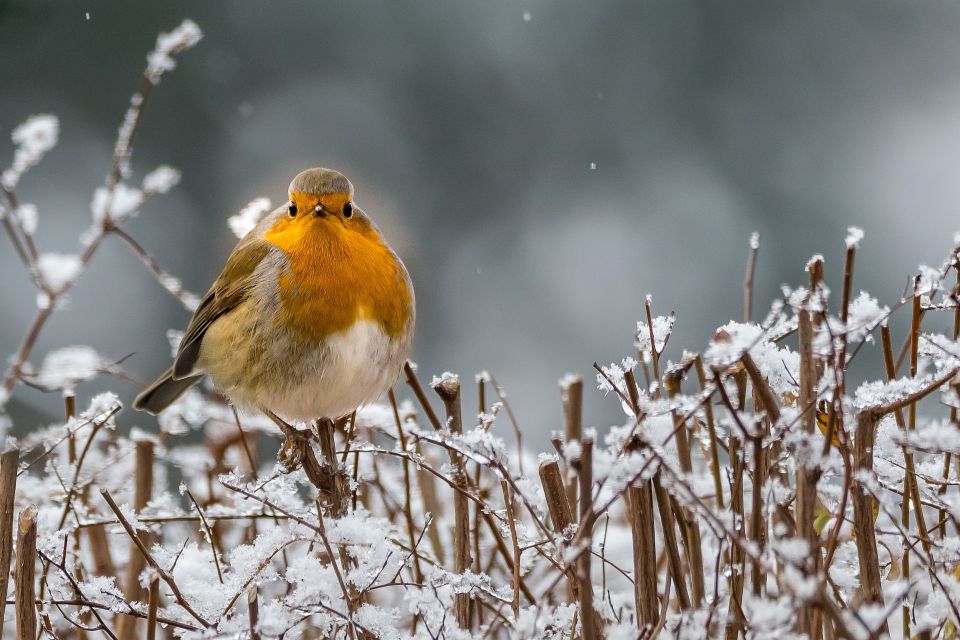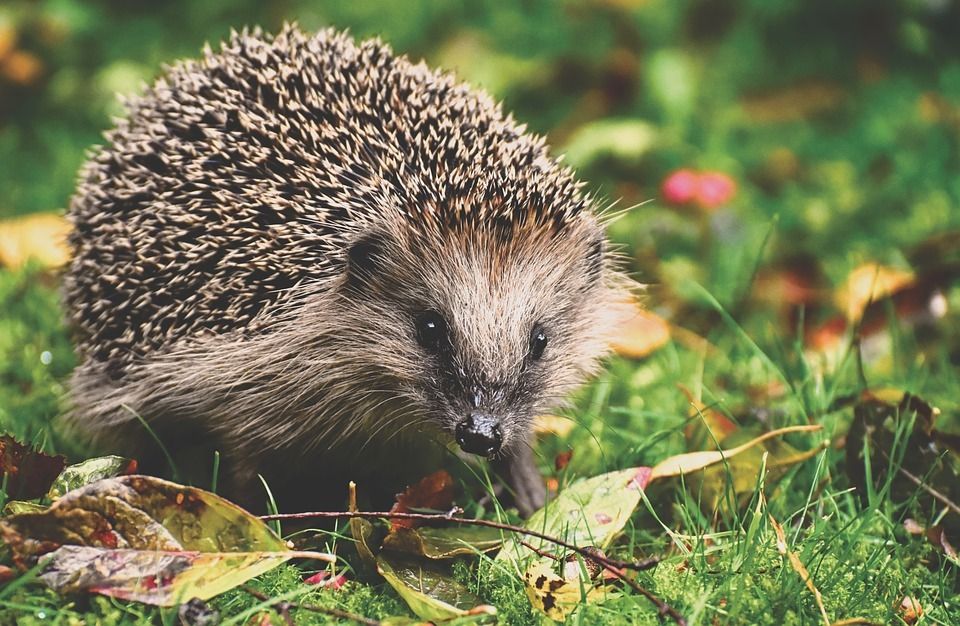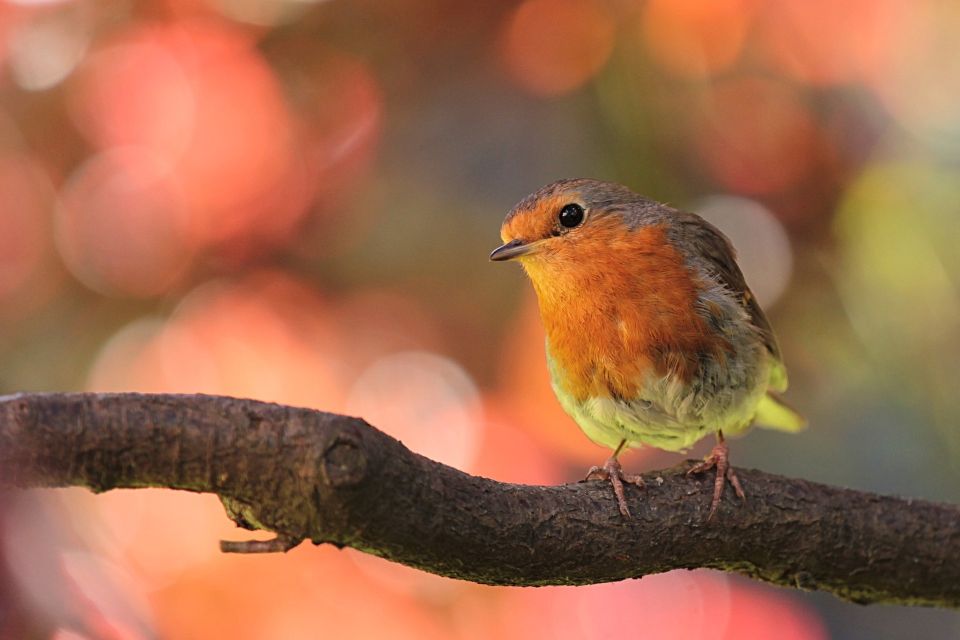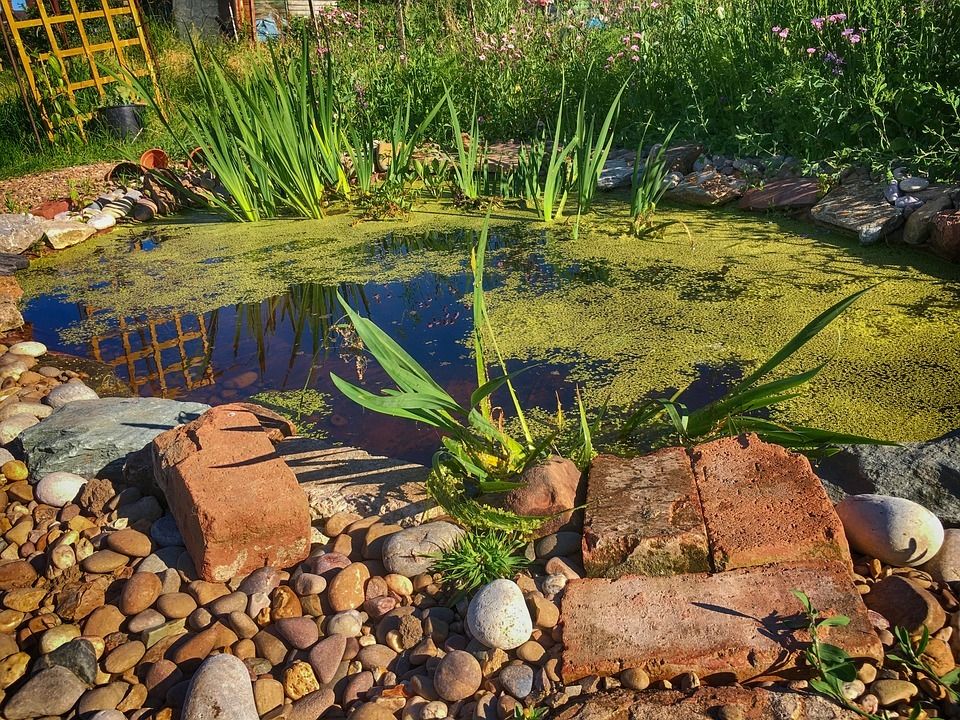Making your garden an animal’s winter home

It’s that time of year when animals in our gardens take steps to deal with the falling temperature. Some will spend the winter in hibernation, while others will do their utmost to maximise their chances of making it through the tough months ahead.
Helping these critters encourages them into your garden, keeps pests away and creates a rich web of biodiversity that brings joy to any gardener.

Hedgehogs
Hedgehogs should now be plumping up before they head into hibernation. They will go for months without food, so extra calories will really increase their survival chances. Leave meaty cat or dog food out for them at night until it no longer gets eaten. Put out a dish of water too – many hedgehogs taken into rescue centres arrive dehydrated. Avoid giving them milk or bread, as these can make them ill.
Now is the perfect time to ensure our prickly friends have a warm, secure place to take residence for the winter. They love piles of logs, twigs and leaves, so think about leaving some in a safe corner. This is a good time to ‘give back’ part of your garden to nature – allowing it to simply do its thing will pay dividends for biodiversity. Crucially, always check for sleepy animals before lighting bonfires.
They may wake up from hibernation early, particularly if it is a mild winter. This causes them to waste precious energy looking for food. If you spot one walking around before spring has sprung, keep it warm in a high sided box with a towel in the bottom for it to hide under. Wrap a hot water bottle in a separate towel and place in the box, leaving enough space to get off if it becomes too hot. Get in touch with the British Hedgehog Preservation Society for further advice, and details of local wildlife rehabilitation specialists.
Native plants encourage minibeasts, providing a good food source. Wildflower packs typically contain a selection of wild cornflower, wild marjoram, bluebell and others, all of which are fantastic at attracting the kinds of insects hedgehogs love to eat. When Mel moved into her home in Keighley, she soon added a vibrant bed of wildflowers, attracting butterflies, bees and beetles.
Finally, hedging provides natural cover, warmth and a source of food. But if your garden is bordered by fencing, it is important to create corridors to allow free movement between gardens. Think about cutting a small hole (around 13cm by 13cm) in the bottom of your border fencing. Encouraging your neighbours to do likewise will really increase the likelihood of hedgehogs turning up in your garden.
Mel, one of our Edible Playground project development officers, is a bit of an expert at attracting wildlife to gardens. In the three years since she moved to her current home, she has transformed her outdoor space from bare stone and wood decking into a haven for wildlife. She says: “At ground level, I have filled the yard with mostly pollinating plants, many of them perennial, mixed with evergreen shrubs and fruit bushes. Piles of logs have been added for insect homes and to provide food and interest for my four visiting hedgehogs. The hedgehogs started to come into the yard earlier this year after I created a hedgehog highway by cutting a section out of my gate. I built a hedgehog house from bricks and logs and food stations by cutting holes into storage boxes and a maze of bricks to stop the local cats from feasting on the chicken cat food and kitten biscuits.”
One hedgehog, Wigglesworth, has now moved in. You can follow his adventures on Facebook at Nature Friendly Riddlesden.

Birds
Birds can bring welcome flashes of colour to the winter garden, though most breeds are unlikely to pay you a visit if you don’t help them out. Providing them with food, shelter and a place to clean themselves will be key to keeping them happy.
Provide calorie rich bird food in places the squirrels can’t reach. Keep the bird bath topped up with water and put up bird houses facing between North and East to avoid direct sunlight and the wettest winds. Don’t clear windfall from fruit trees, as fallen fruit is a delicious treat for certain bird species. The RSPB has some fantastic advice for feeding birds throughout the winter.

Amphibians
Frogs and toads provide natural and effective pest control, feeding off a number of beetles, caterpillars and slugs. Provide them shelter by placing a terracotta pot upside down, with a raised edge resting on a stone. Leave it in a quiet, shady spot and place several shallow containers of rain water nearby. Wash the containers out weekly so they don’t accumulate harmful germs. Frogs and toads will return to the same location year after year if they have enough shelter, water and food.
If you have a pond, make sure animals can climb out should they fall in: a ramp provides an essential escape route. Don’t let your pond freeze over, as this will kill any amphibians and fish that live there - floating a couple of tennis balls on the top prevents a full freeze, though do check on the coldest days to be sure. Finally, only desilt your pond every 5 years, and only out of hibernation season, as frogs use the silt as a safe place to hibernate.
Mel again: “In the back garden, I removed over half of the decking and laid a lawn. I’d never done this before but it turned out just fine! I also dug a hole and put in a very small pond. I added a couple of oxygenating plants and some stones and a ramp. I have regular pond visitors such as frogs, toads and damsel flies. A huge variety of pollinating plants have been added all around the garden too and they attract many bees and butterflies”.
She added:
My yard and garden are only quite small, but with the right mix of plants, logs, vegetation and areas just left to grow and die back, it’s amazing the amount of creatures that will benefit. My neighbours have also got on board and my street is becoming ever more colourful and nature friendly.
Mel, Edible Playground project development officer
We hope this has helped give you some advice for preparing your garden for the colder months. Why not tweet us your thoughts and tell us some tips of your own!
Donate to Trees for Cities and together we can help cities grow into greener, cleaner and healthier places for people to live and work worldwide.
Donate